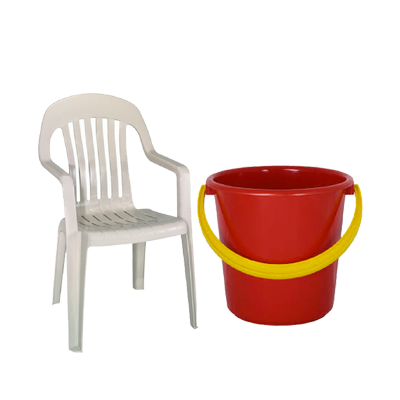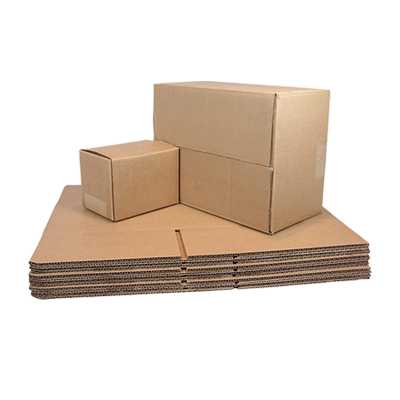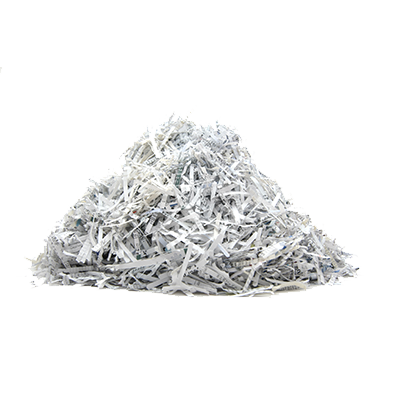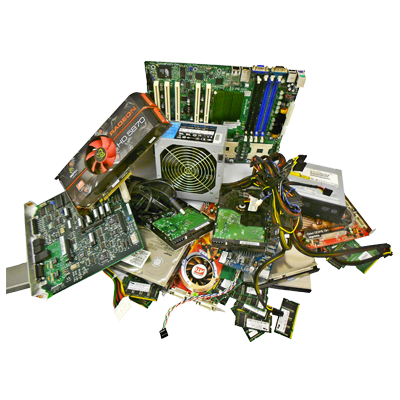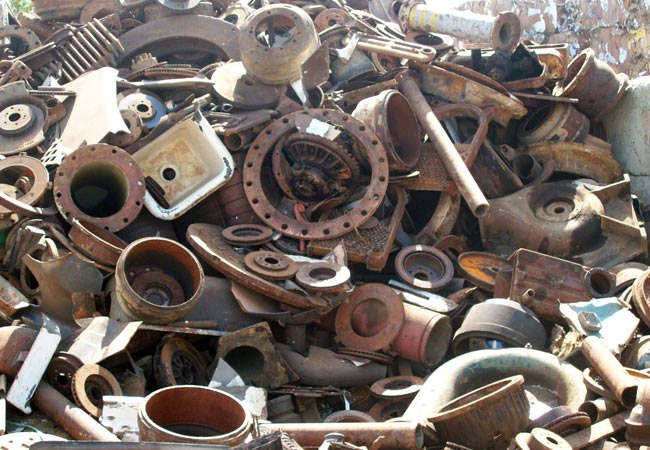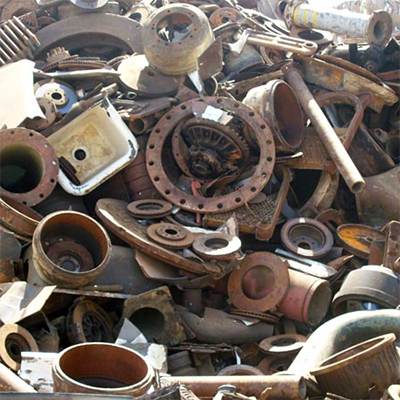
2020-03-18
Circular Economy as a Business
In light of recent developments in climate change and dwindling natural resources, circular economy as a global economic system is imperative to be adopted across all nations. To understand circular economy, we need to understand our current ‘linear’ economic system of production, usage, and disposal of any product or material in the market. When a product is used and discarded, its monetary and conservation value is diminished as it is no longer in the market chain. In contrast, a circular economy is one that preserves our resources, products, and materials in high value states for as long as possible. An example of this would be using pre-existing and pre-processed resources in the system as compared to mining or extracting virgin materials or importing them. Nepal, in particular, stands to benefit greatly from a circular economy as a land-locked and developing country with limited resources and rudimentary technology. The maximization of pre-existing resources plays an imperative role in strengthening the economy. A strong circular economy is based on practical and rewards based legislation as its guiding principle. Implementing a robust recycling culture with a large selection of recycling industries to process waste materials is crucial to promote a circular economy.
Understanding the importance of establishing a circular economy in Nepal, Doko Recyclers aims to bridge the gap between the producers and consumers of waste materials through a sustainable business model. While traditional recycling consisted of a short list of recyclables such as beer bottles, newspapers, and metal, Doko encourages consumers to think about waste beyond the landfill and into their daily practices imbibing the notion of reducing, reusing, and recycling in that order. For consumers to apply the notion of circular economy and sustainability in their daily lives, it is important for them to fundamentally change their perspective on waste. As a society, we must internalize the belief that a material that has lost its present utility in its present form does not mean it no longer has utility. The material simply needs to be recycled to gain a new form and function.
The fundamentals of a circular economy are based on recognizing the utility in waste and maximizing recovery by ensuring segregation at source. Unfortunately, due to a lack of awareness and ignorance, much of waste generated is thrown away only high value items such as paper, aluminium, and metal to be brought back into the production chain. When they are brought into the production chain, these items are usually down-cycled and suffer a loss in quality. Alarmingly, most plastics and electronic devices, which pose the highest danger to the environment and to human health due to its nonbiodegradability and chemical composition, are often discarded due to their negative recycling value. While metals like aluminium may be financially feasible to be recycled, recycling materials like plastic have a higher energy cost than making new plastic altogether. Another challenge we face as an organization and society is the influx of composite materials such as food packaging, certain cloth bags, and cigarette butts among others which are not recyclable as they are often made from a mixture of items that cannot be recycled together. Therefore, the challenge lies not only in increasing recyclables rates across the existing waste stream but ensuring secondary raw materials in the industry are of high value and can be recycled repeatedly.
There is no doubt that reshaping the system from its current linear design of production, usage, and disposal to a holistic circular system requires a systematic renovation where we reconceptualize the design, production, and promotion of technologies that can turn end of life goods to inputs for production. Redesigning packaging, reducing the consumption of single use products, and swapping plastic products for more sustainable ones are common ways to contribute to a robust circular economy. In order to expand resources that can stay within the circular economy indefinitely, we need to standardize materials used in products so recycling is efficient and widespread.
While there are numerous challenges in implementing a circular economy, there are avenues for opportunities as well, especially when producers are encouraged and incentivized to participate in a circular economic system. Firstly, the government would need to create laws which producers are obligated to follow leading to consumers helping create a circular model by meeting the laws in place. Since the idea of a circular economy is in a nascent state in Nepal, mass media and outreach play an imperative role in creating a recycling and sustainability culture amongst the general public. What would help budding organizations that seek to establish a circular economy and work in it would be tax incentives to support circular enterprises. Another way to help would be to allow production of materials that are only recyclable in nature and categorize materials, especially plastics, based on their hazards and recyclability. The government also needs to work closely with multiple stakeholders across the waste production stream to understand how to better implement effective policy changes and how to support ground level work to generate lasting and sustainable waste management solutions.
The process to bring about behavioral and structural change to achieve a thriving and circular Nepalese economy is difficult and full of challenges. However, these challenges also provide avenues for new and unique solutions to revamp and remodel current systems set in place. We are not working on a clean slate but there are still certainly many gaps to fill in the system and innovations to be made. We have recently seen a surge in sustainable initiatives across the country from eco bricks to e-waste recycling, a growth we wholeheartedly welcome.
As published in Circular Economy Special. (March 2020). NEFPORT 40, Nepal Economic Forum, Issue 40.



